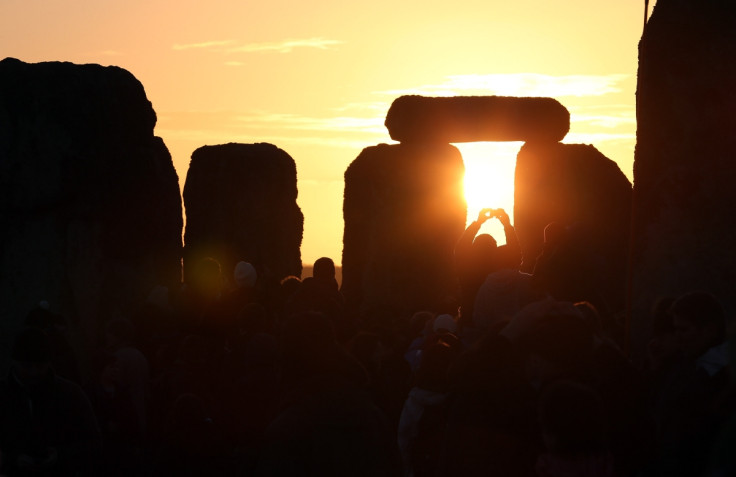Winter solstice 2016: When is it and what is the science behind the shortest day of the year?
The days are finally about to get longer.

After months of dark evenings, days will finally begin to get longer this week after the winter solstice, which falls on Wednesday 21 December in the northern hemisphere.
What is a solstice?
The winter solstice is an astronomical event caused by Earth's tilt on its axis and orbit around the sun. The Earth doesn't orbit upright, but is instead tilted on its axis – meaning Earth's northern and southern hemispheres trade places in receiving the sun's light and warmth most directly.
The tilt of the Earth is what causes winter and summer. The winter solstice occurs when Earth is leaning furthest from the sun – it is positioned so the sun stays below the North Pole horizon.
It is the opposite in the southern hemisphere, where people experience the longest day of the year during the December solstice.
When is sunrise and sunset?
This year, the sun will rise at 08.04 and set at 15.54 on the winter solstice in London. This day is 8 hours, 49 minutes shorter than the summer solstice in June. In most locations north of Equator, the shortest day of the year is around this date.
Why isn't the earliest sunset on the winter solstice?
Although the 21 December is the shortest day of the year in terms of daylight, it does not have the latest sunrise and earliest sunset of the year, because of a discrepancy between modern-day timekeeping methods and how we measure time using the Sun. The earliest sunset is actually on 12 December and the latest sunrise is on 30 December.
Astronomers call the difference the equation of time, which put simply, is the difference between time that is measured using a sundial – the true or apparent solar time – and time that is measured using a watch or a clock – the mean solar time.
© Copyright IBTimes 2025. All rights reserved.





















